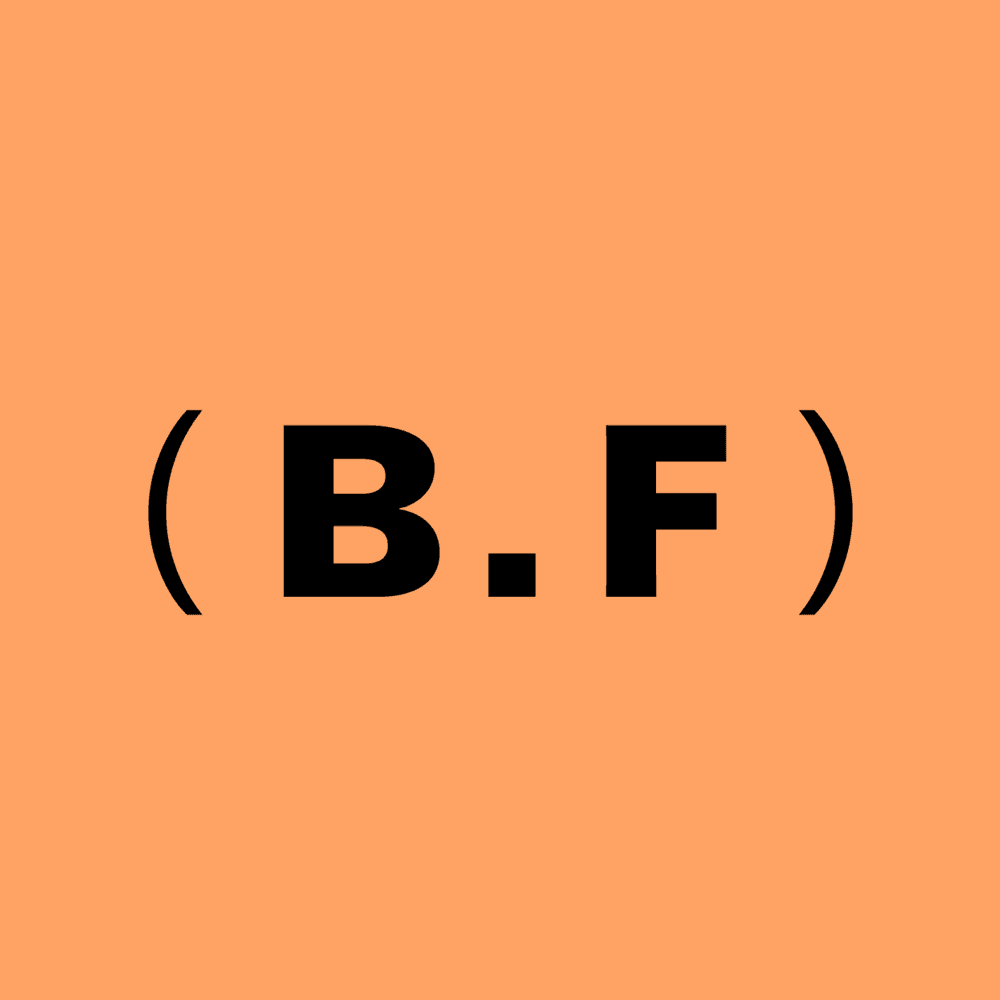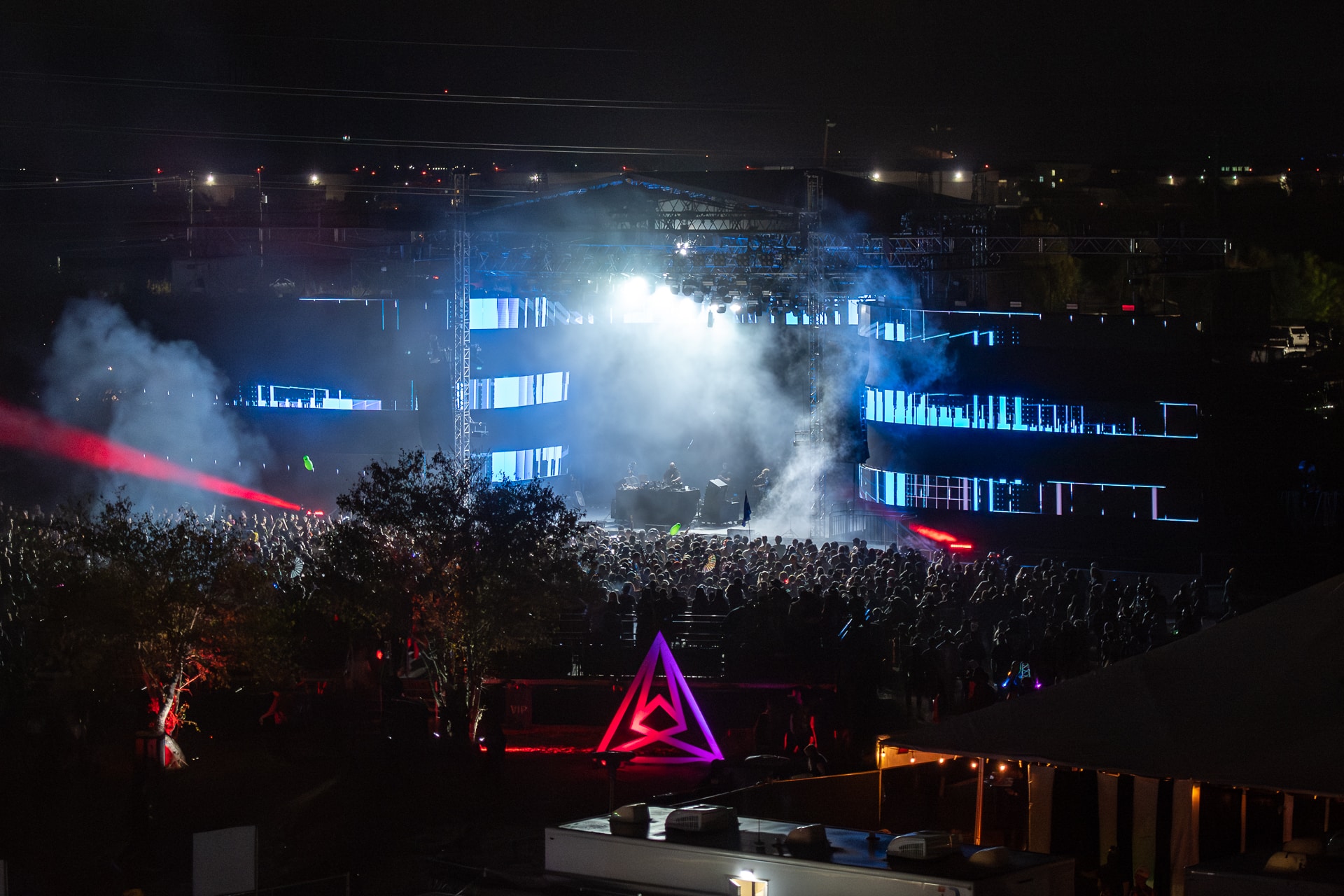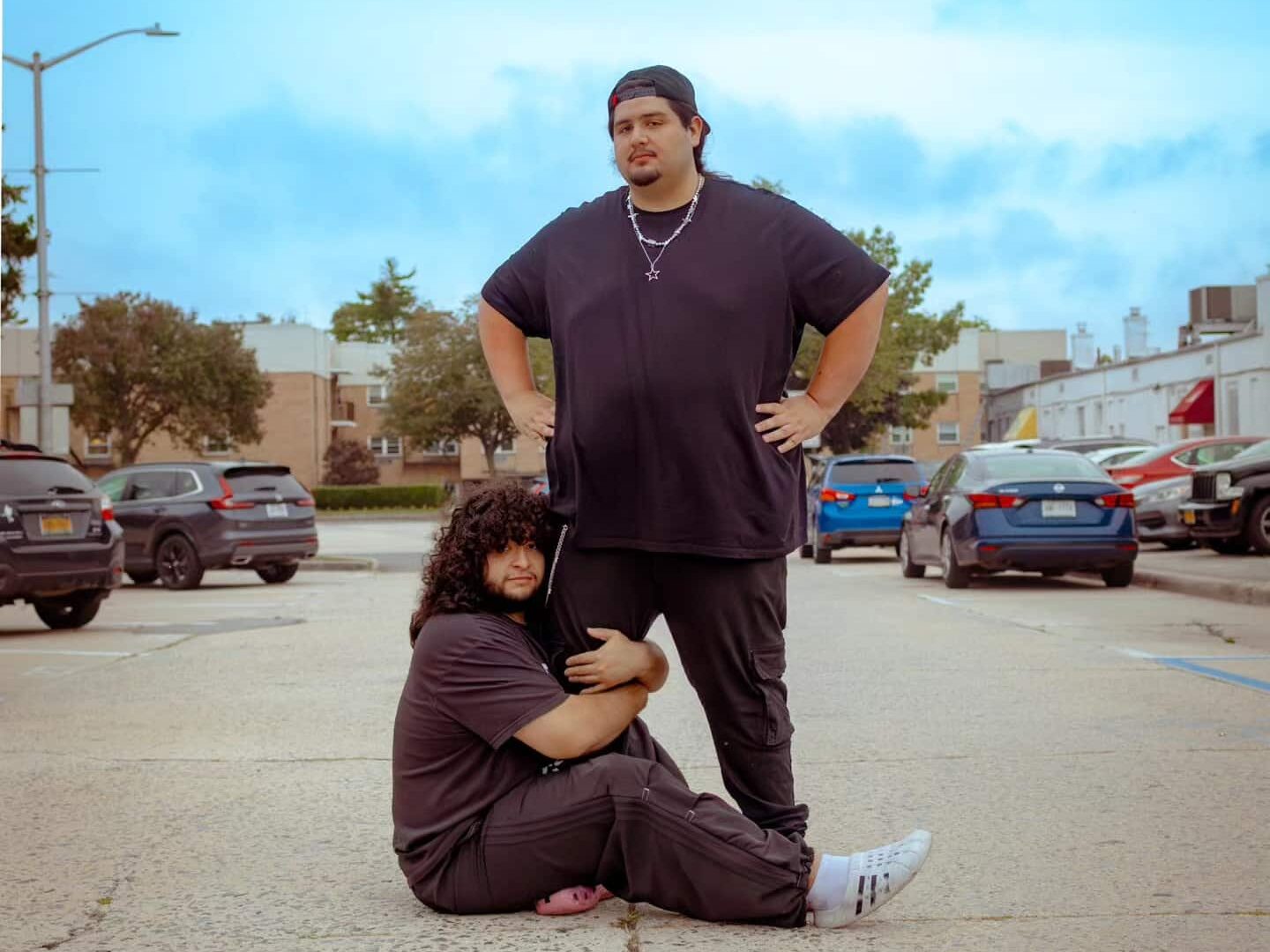

Styled by Felicia Brown | Shirt by David Koma | Belt + Jeans by Axel Arigato | Tee by Weekday | Shoes by Timberland
“Success for me is achieving moments,” JayO says with quiet certainty. “Selling out my tour was probably the best moment this year.”
For the Tottenham-born artist, it isn’t streams, charts, or metrics that drive him forward, but the experiences he can look back on and remember. The point, he explains, isn’t to chase every spike of attention, it’s to build a catalogue of memories, both personal and artistic, that last.
It’s a philosophy that feels hard-earned. JayO has been writing and recording since his teens, and his breakthrough came with “XO” and the Victony-remixed “22,” tracks that blurred the lines between UK R&B, Afrobeats, and dancehall. That run led him to sign with 0207 Def Jam, where he quickly delivered the sleek, sultry “Back” and the pulsing groove of “Often.” His debut EP WHOSDAT in 2024 introduced him as an explorer, as happy in a Ghana writing camp as he was in his Tottenham bedroom, constantly sketching new sounds with his lifelong collaborator RZ.
Get the Best Fit take on the week in music direct to your inbox every Friday
“It’s a long journey with music,” he reflects, “so you really have to be very strong.” When he last spoke to Best Fit in January 2024, he described himself as an “explorer” and stressed how important branding was to his identity. A year and a half later, with Hue out in the world, that long game feels even clearer. “Releasing music now is just releasing music,” he says. “But I want to look back and say, yeah, I did this. It was remembered.”
Hue is a journal. Like any artist, JayO chronicles the chapters of his life in the songs he creates and these pages are largely inspired by his time in places like South Africa, Nigeria and Paris. “I took some influence for one song from South Africa, you know? I mean, by the country in general,” he clarifies.

While the constant sunshine, welcoming hospitality, and rich history of these countries unlock creative connections in his head, above all it’s the neverending fading in and out of music that really laid down the foundation for his latest project.
“In South Africa I'll go to the club and I also hear music and people dance. In Nigeria, also, it's like, constant. I'm also alongside different artists or people and seeing how they work. I was hearing music on the side of the road and there were people dancing with their families or communities. So it's, like, ‘okay, cool, why do I make music? How can I do it in a way that suits me best?’”
When JayO talks about travel, it’s not in the glossy Instagram sense of stamps on a passport. For him, movement is survival, a way to refresh the frequencies in his head and stay inspired. “I don’t think I’d ever stop travelling,” he says. “And I think it will just keep inspiring me to make music I can latch on from something I’ve taken from another country.”
That openness means songs on Hue carry fragments of the world. He recalls roadside speakers in Lagos and Paris clubs where genres blended freely. “Sometimes the music is very different,” he says through a held back laugh. These experiences don’t get copied wholesale; instead, they shape the tone and feeling of what he makes next.
Take “Pure Water,” the EP’s centrepiece. “I was listening to it and it was like 7PM. but the sky was somehow still pink,” he remembers. “It felt good listening to that song in that moment.” That snapshot of colour and mood became part of the record’s DNA. The whole project moves in shades like that—the high-energy club bounce of “Attendance,” the warmth of “Baby Girl,” the euphoric close of “Turn Me On.”
In our last conversation, JayO said he wanted to move from Afrobeats to R&B to other genres, but always “in a way where it fits a brand.” Hue feels like that philosophy realised in technicolour—a record that stretches wide but remains recognisably his. “They may label me R&B,” he shrugs, “but I don’t feel like I’ve ever made a full-on R&B track.”
If Hue shows JayO as a vocalist expanding his palette, it also reveals him as a producer willing to get his hands dirty. He describes his approach as “messy,” but the word is affectionate rather than apologetic. “I’m still like, I’m a bit of a messy producer,” he laughs. “There’s no right or wrong way to produce. I just… see it and do it.”
That instinctive approach has shaped some of his biggest records. He co-produced early singles like “XO” and “22,” and even before his breakthrough, he was tinkering with tracks like “Fine China” and “Body.” “With ‘22’ being my first big record without my main producer actually being on it, it was like, okay cool, I somewhat have a knowledge of what I’m doing,” he says.

For Hue, he leaned even deeper into that role. “I hear where sounds could go,” he explains. “When I made ‘Suns Out,’ none of my team could imagine where they could place that song. But in my head, I already heard something with synths, and it was just synths. I could hear this somewhere—I just needed to put it into my world.”
“Pure Water” was built on a similar instinct. “Before I dropped it, it had no kicks in it. It was just bongos and bones, but the vibe of the bongos already had a bounce. Sometimes the bounce is already there—you add weight only when the record asks.” When I ask him how he makes those quick production decisions, he points out what inspires him, specifically in this instance, the song “Partition” off of Beyonce’s 2013 self-titled album. “I listened to it so much,” he laughs. “In the beginning of the song, I think when she first started the song it was just baseline and a snare, and then the later version she has kicks and they say that’s how they got it to bounce.”
Even just a few years ago JayO was beginning to flex that producer’s muscle. Now, with “Attendance” and “Pure Water” under his belt, that side of his artistry has become central to the story. And through it all is the steady presence of his childhood friend and collaborator RZ. “In my eyes, I don’t think there’s a better dude than me and him, to be honest,” JayO says in a rare moment of bullish confidence. Together, they’ve turned years of instinctive experimentation and lifelong friendship into a sound that feels both loose and laser-focused.
If travel provides the colours and production gives the shape, then JayO’s visuals are where everything comes to life. He understand the modern game of living as a musician. You are a brand whether you like it or not and people listen to your music for more than just how it sounds. Eighteen months on, that conviction has only deepened. “I’m at that stage of just opening up more and being more expressive, creatively, visually, artistically,” he says.
That impulse is clearest in the small details. The cover of Hue began as one of his own sketches. He designed a run of hoodies with Teddy Opong, intentionally keeping them scarce. “I prefer demand, rather than just give it to them so easily,” he explains. “I wanted people to be like, what is that hoodie he’s wearing?” That DJ-booth test, where fans clocked the garment before the music even started, proved the point — intrigue matters.

JayO’s inspirations lean wide. He talks about Tyler, the Creator’s Trap Toys figurines, Frank Ocean’s hair colour cycles, Travis Scott’s blockbuster rollouts. “I look at that and I’m like, okay, cool, obviously that takes a lot of money. But with the right resources and the right mindset, you can make things work within reason.” Hue’s aesthetic may be more understated than an action figure line, but it points toward the same ambition: a world listeners can step into, not just a set of tracks to stream.
For JayO, the visual universe is not separate from the music. It’s another shade of Hue, proof that execution and intent matter as much as sound. “It’s all about execution,” he says. “Whether it does well or not, it’s always good to look back and know that I loved what I made.”
If there’s a single thread running through JayO’s story, it’s persistence. He has been releasing music for over a decade, waiting patiently for the world to catch up to his vision. “It took me 10 years to finally get us up to a point in my career,” he says. “But before that, I still had people supporting me and showing me love.” For him, the lesson is simple: don’t stop. “There’s still people streaming music, there’s still people that will buy your stuff, there’s still people that will come and see you,” he adds.
That determination requires a certain mindset. “I always think people care,” he says. “And I always say that as an artist or creative, you have to be so delusional, like the most delusional person in the world, to make people believe that your music is better than anybody else’s.” It’s not arrogance so much as survival. A way of staying convinced in an industry that thrives on doubt. “”22” wasn’t my only moment,” he insists. “That’s one out of so many.”

 2 weeks ago
8
2 weeks ago
8


















 English (US) ·
English (US) ·